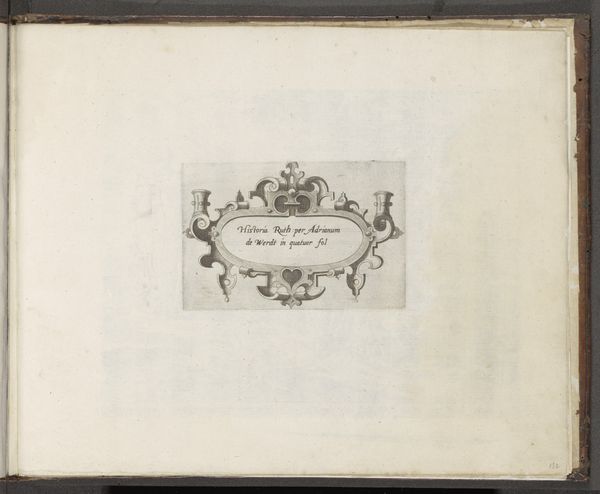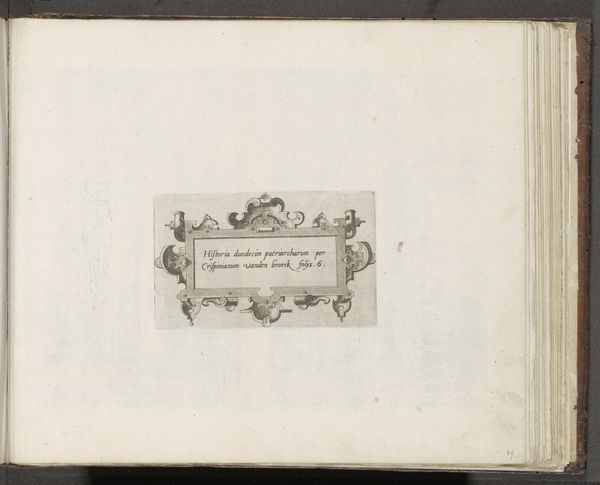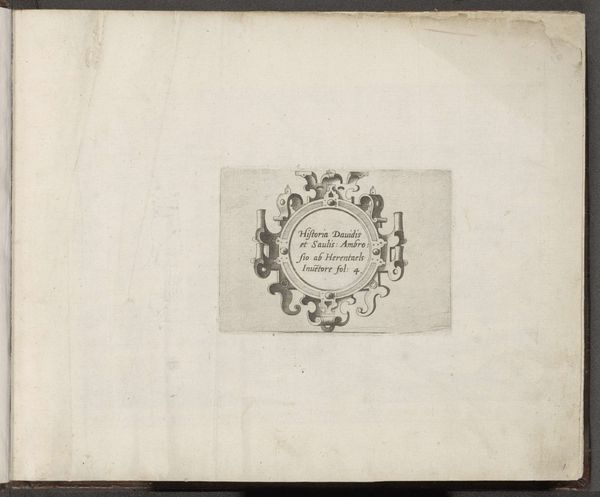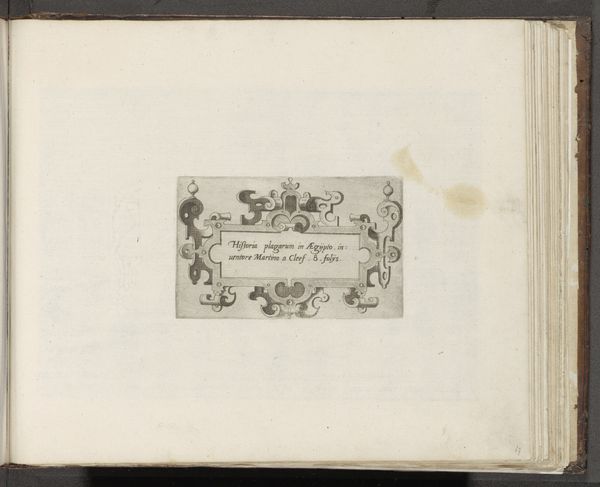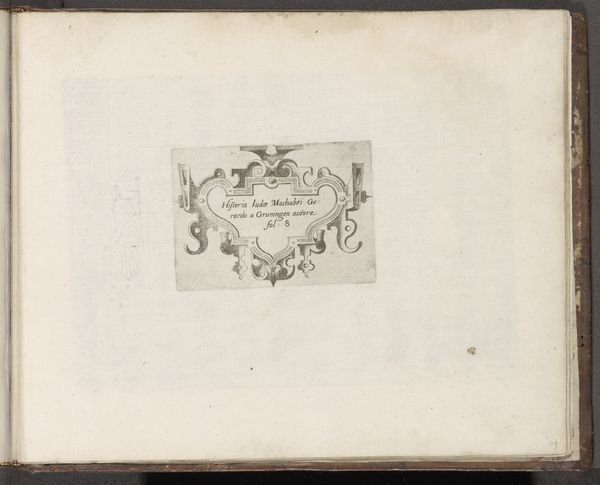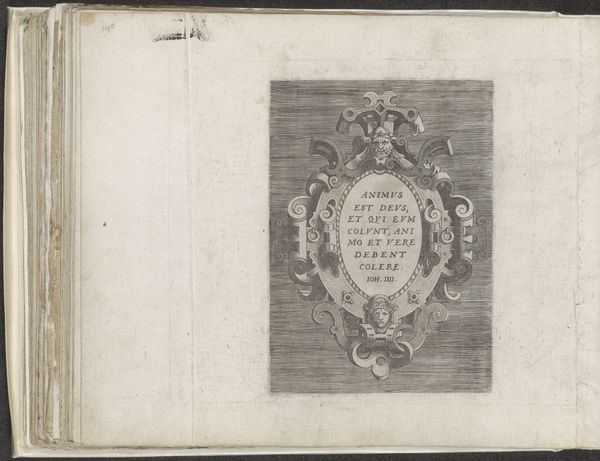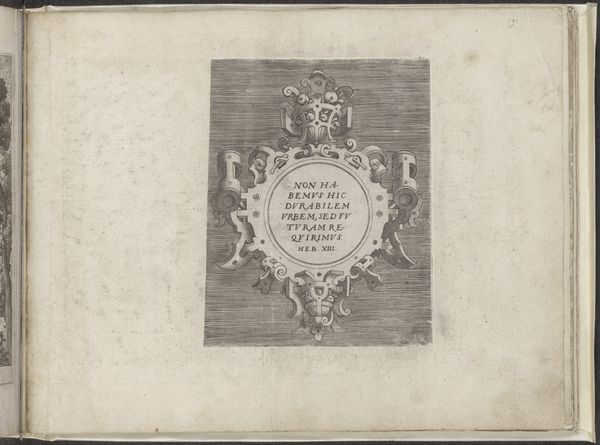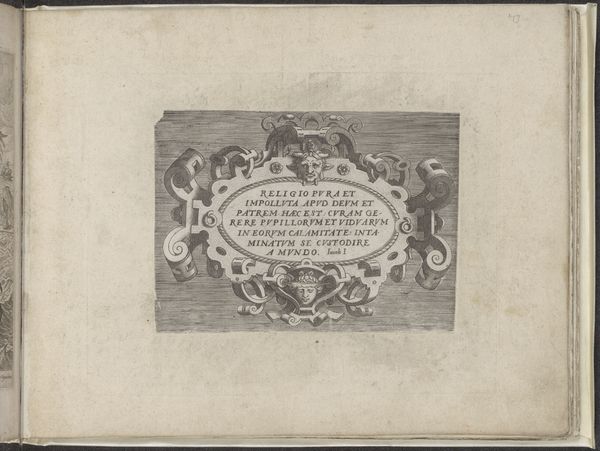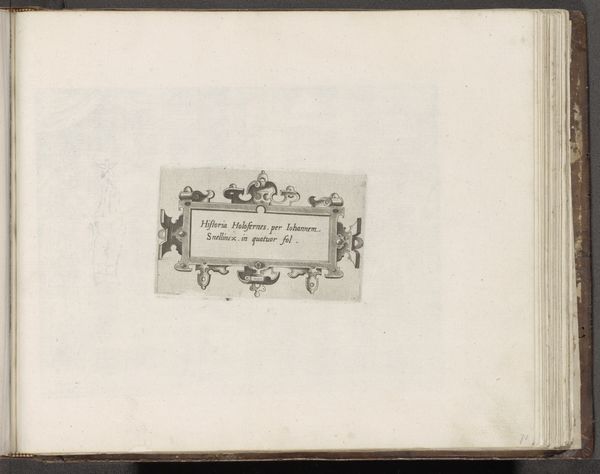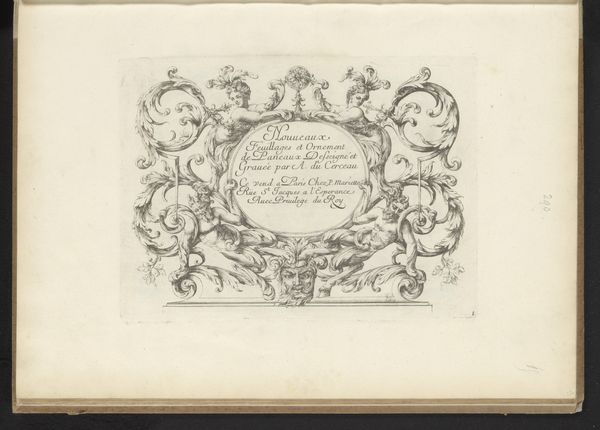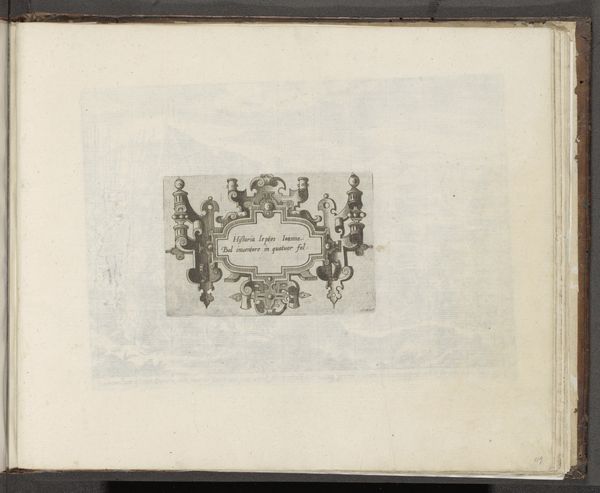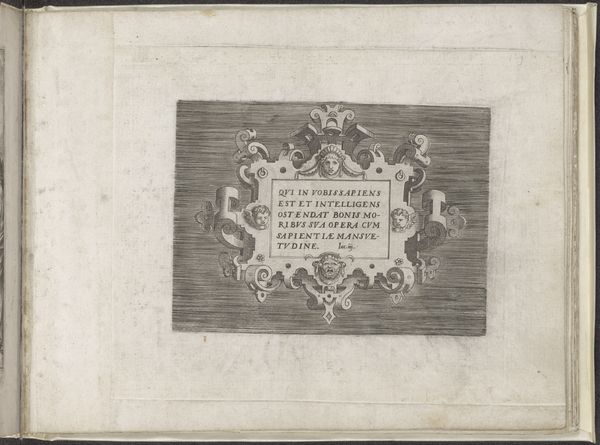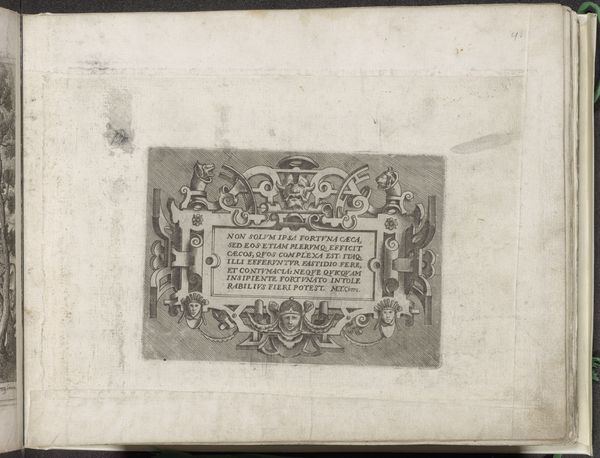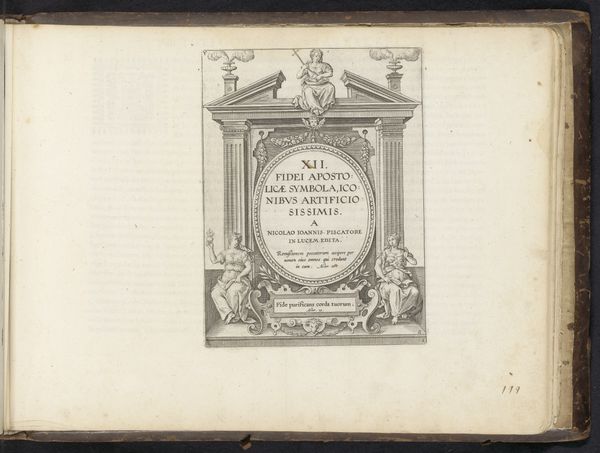
drawing, print, paper, ink, engraving
#
drawing
# print
#
paper
#
11_renaissance
#
ink
#
engraving
Dimensions: height 88 mm, width 136 mm
Copyright: Rijks Museum: Open Domain
Editor: We're looking at "Cartouche met rolwerk," a drawing, print, and engraving made with ink on paper in 1579 by an anonymous artist. It's currently held at the Rijksmuseum. The detail is remarkable. What social functions did these Cartouche designs serve in the Renaissance? Curator: That's a great question. In the Renaissance, prints like these circulated widely and served a crucial role in disseminating visual ideas. They acted as pattern books for artisans – goldsmiths, architects, and sculptors – providing them with templates and inspiration for decorative elements. Think of it as a form of early visual internet, shaping aesthetic trends across different workshops and regions. Have you considered where it may have circulated in Europe? Editor: Perhaps to Northern Europe, where Renaissance styles spread a little later? This certainly makes me wonder about how artistic ideas were communicated and adapted during the Renaissance. Did the spread of printed designs change patronage, maybe by diminishing demand for unique works or changing workshop organization? Curator: Precisely. The rise of printmaking certainly impacted patronage. While it didn't necessarily diminish the demand for unique, commissioned works, it shifted the dynamics. Wealthy patrons still sought bespoke artworks to demonstrate their status, but printmaking expanded access to art for a broader audience. And within workshops, prints facilitated greater standardization and efficiency, as multiple artisans could work from the same design. Were workshops organized to maximize output or innovation? Editor: Perhaps there were changes over time depending on economic situations or geographical locales. Thank you. This look into design and social function has completely altered my view! Curator: Indeed. Looking at the socio-economic role prints served broadens our appreciation for them, doesn't it?
Comments
No comments
Be the first to comment and join the conversation on the ultimate creative platform.
